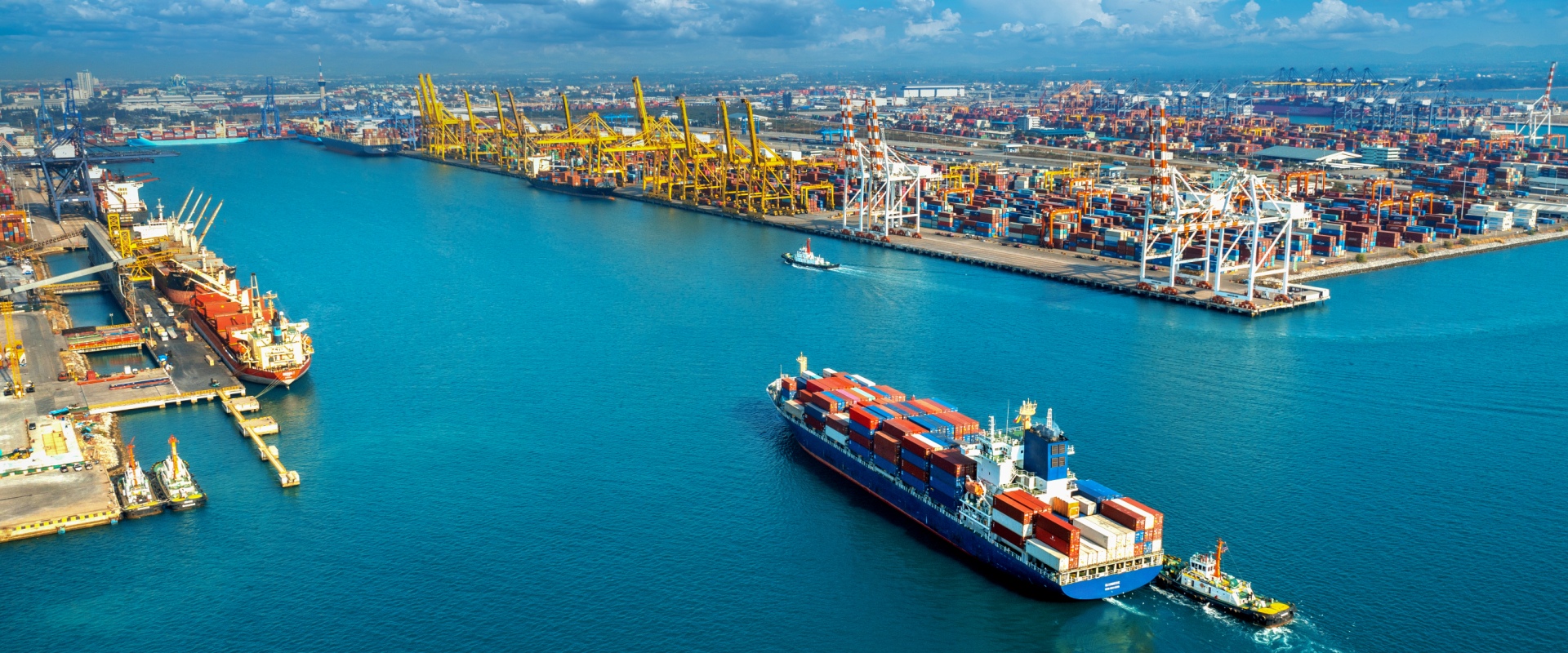Streamlining Logistics and Distribution
Logistics deals with the planning, operation and control of material flows among facilities throughout the supply chain and the information related to these flows.
Facilities connected by transportation or distribution services form a Logistics System.
Logistics planning focuses on evaluating logistics resources in the most accurate way while meeting customer demands.
Logistics strives to have the right material, in the right place, at the right time, at the right cost.
When planning logistics, existing and potential constraints and various challenges must be taken into account.
What are the Challenges in Logistics Planning?
There are many factors that make it difficult to manage logistics processes effectively and efficiently.
| Demand and Supply Uncertainties |
|
|---|---|
| Complexity of Warehouse and Inventory Management |
|
| Transportation and Infrastructure Constraints |
|
| Digitalization, Data and System Incompatibilities |
|
| Organizational and Environmental Factors |
|
These factors can make it difficult to manage logistics processes effectively. It is important to develop strategies to overcome these challenges in the logistics planning process.
Let's now examine the main examples above in more detail.
Demand and Supply Uncertainties
Accurate and reliable demand forecasts form the foundation of logistics planning.
However, there are variabilities in customer demands and expectations, and fluctuations that are difficult to predict occur due to seasonal fluctuations, promotions, etc. Shocks like pandemics, economic crises or wars can make demand unpredictable.
On the supply side, supply continuity can be disrupted due to delays in delivery times, production capacity constraints and dependence on a single supplier. In international procurement, bans, sanctions, political instability, customs problems and geopolitical risks also play a major role.
These uncertainties directly affect stocking strategies, transportation route selections and resource allocation.
Complexity of Warehouse and Inventory Management
Inventory management is a critical component of logistics success. However, high number of stock keeping units (SKUs), product lifecycle differences, shelf lives and seasonality make inventory management difficult.
Excess inventory increases carrying and capital costs, while insufficient inventory causes lost sales and even lost customers.
Location selection and layouts for warehouses, proper classification and positioning of products make planning difficult.
Optimizing inventory levels requires establishing delicate balances between costs and service levels.
To learn more on inventory optimization, click here.
Transportation and Infrastructure Constraints
The ability to transport materials and products on time and economically is critical. However, traffic congestion, infrastructure inadequacies, port capacities or bottlenecks at transfer points can disrupt transportation.
Driver and transportation equipment shortages create problems in fleet management.
Fluctuations in fuel prices make transportation planning economically risky.
In international transportation, customs, security controls and regulatory changes complicate the process.
These factors create risks for transportation in terms of timing, cost and reliability.
Digitalization, Data and System Incompatibilities
Accurate, integrated and real-time data is needed for planning. Widely used manual data entries increase errors and slow down decision-making processes.
Lack of integration of systems such as ERP, WMS, TMS leads to interruptions in information flow.
Digitalization and technology deficiencies can prevent fast and accurate decision making. Leveraging new technologies such as Internet of Things (IoT), artificial intelligence and data analytics should be evaluated.
Organizational and Environmental Factors
Logistics planning is affected not only by systems but also by people and organizational culture. Lack of inter-departmental communication and coordination makes integrated planning difficult.
Limited knowledge, skills and analytical capabilities in the logistics field reduce planning quality.
Environmental regulations (carbon footprint, waste management) make sustainable logistics solutions mandatory.
Lack of scenarios for business continuity during crises (natural disasters, epidemics, wars) can render logistics plans ineffective.
 image:
Freepik,
Freepik License
image:
Freepik,
Freepik License
What organizations should do first is to identify the gaps and needs of their current logistics planning processes, and then design their processes.
What Optimum Planlama Offers for Logistics Planning?
Optimum Planlama provides hands-on training and consulting services for structuring of logistics planning processes and determining related tool and software needs.
We recommend in-house workshops for teams of companies with multiple facilities and/or complex logistics processes.
Our logistics planning processes and related service offerings are as follows.
To arrange an in-house training for your organization or to join a public session, request our proposal.